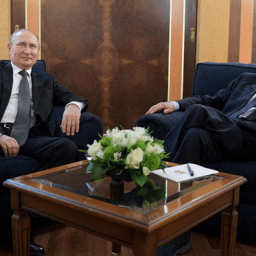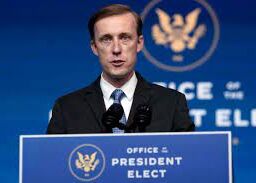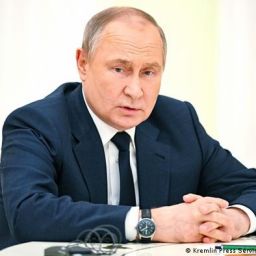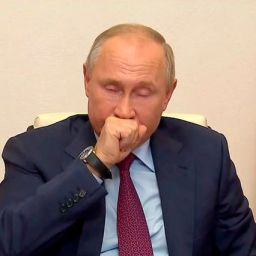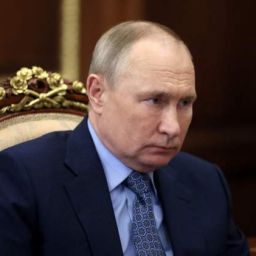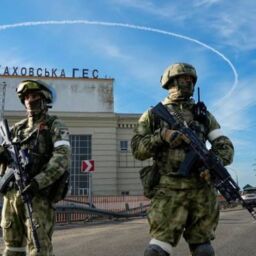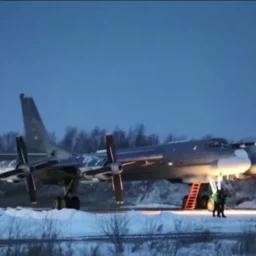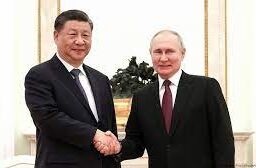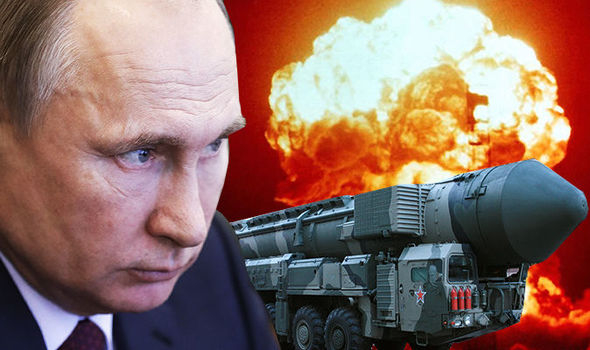
And yet a longer, more costly military struggle looms. Russia’s aim is to push westward from its redoubts in Crimea and Donbas, eventually breaking through and encircling Ukrainian forces. Stopping this is the reason Ukraine needed an immediate infusion of heavy weaponry; actually enabling Ukraine to go on the counteroffensive later this spring and summer is the reason it will need still more in the coming weeks.
Thus, President Biden’s request for $33 billion in new aid for Ukraine, of which $20 billion will be military, was not only appropriate but urgent, and Congress should respond accordingly. Coupled with the recent approval of a revived “lend-lease” system, Mr. Biden’s proposal puts the United States in position to bolster Ukraine over the long haul.



